Understanding the difference between darts legs and sets is crucial for any aspiring or seasoned darts player. Essentially, a leg is a single game of darts, while a set consists of multiple legs, usually the best of a certain number (e.g., best of 3, best of 5). This article will explain darts legs or sets in detail, covering everything from the rules to strategies, helping you improve your game.
⚠️ Still Using Pen & Paper (or a Chalkboard)?! ⚠️
Step into the future! The Dart Counter App handles all the scoring, suggests checkouts, and tracks your stats automatically. It's easier than you think!
Try the Smart Dart Counter App FREE!Ready for an upgrade? Click above!
Let’s dive deeper into the nuances of a darts leg. A leg is won by the first player to reach a pre-determined score, typically 501. This involves throwing darts at the board, scoring points based on where the darts land, and strategically aiming to reach zero. To understand how to best approach the final few darts of a leg to secure the win, read our handy article on how to find your darts throw. This understanding forms the very foundation of your journey in darts.
The game of darts often involves more than just a single leg; often it requires winning a set of legs. This involves understanding the intricacies of each leg, and the strategic play necessary to win the overall match.
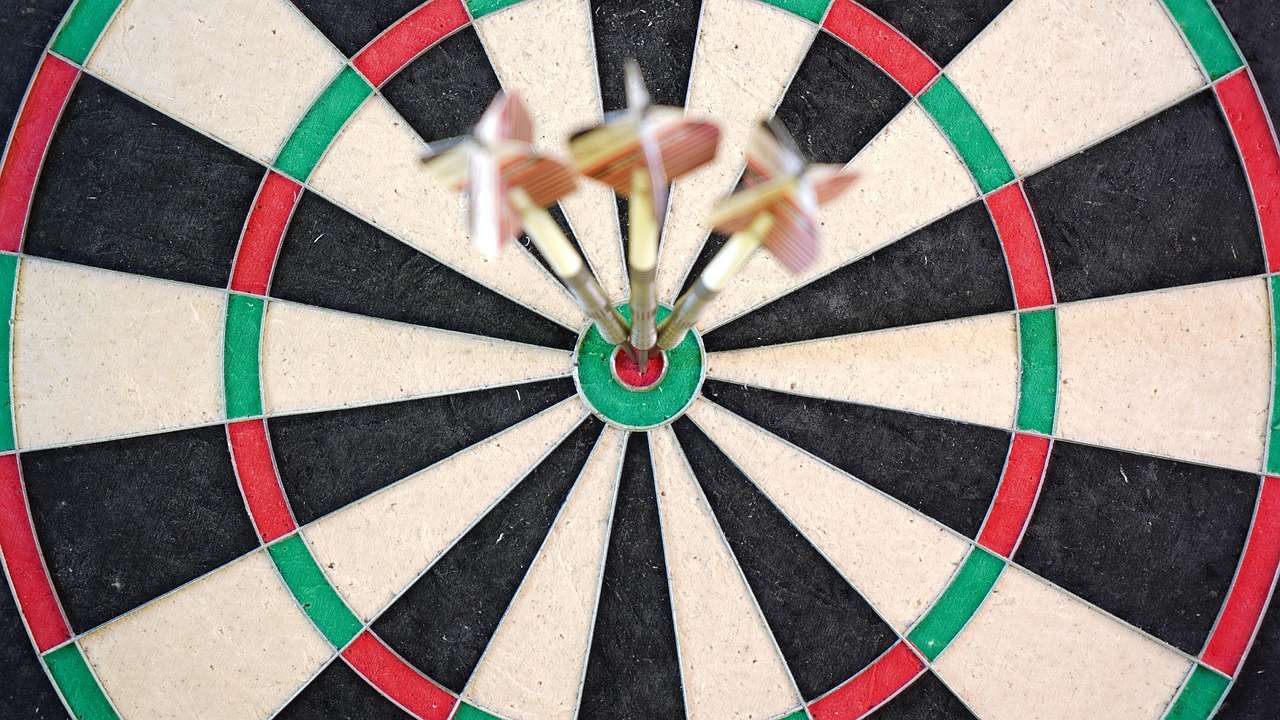
Understanding Darts Legs or Sets: A Deeper Dive
The basic structure of a darts match is built upon the concept of darts legs or sets. While a single leg might seem simple – reach zero from 501 first – the context of a set adds a layer of strategic depth. Winning individual legs is essential, but planning for the entire set is what truly separates the great players from the good.
The Leg: The Building Block of the Game
A leg, as previously mentioned, is a single game of darts played to a target score. This is usually 501, but can vary depending on the ruleset. Players take turns throwing three darts at a time, accumulating points based on where their darts land. To win a leg, a player must finish on a double or bullseye, meaning their final dart must hit a double number or the bullseye to end at exactly zero. Failure to do so means the leg continues until the target score is reached with a qualifying finish.
Many games involve specific types of finishes. You’ll want to become more familiar with them over time. To ensure you are familiar with one type of finish, take a look at our article on what is a treble in darts.
The Set: Winning Multiple Legs
A set is a collection of legs, usually decided as the best of a certain number (best of 3, best of 5, best of 7, etc.). This means that a player needs to win more legs than their opponent to claim the set. Winning a set requires not only skill in each individual leg but also the mental fortitude to recover from losses and the strategic thinking to plan across multiple games. A great example of these kinds of strategic matches are those involving unexpected upsets. You can read more about darts upsets here.
The number of legs in a set will determine how the overall match unfolds. A best-of-three set will usually be quicker than a best-of-seven set, so the format of the match is crucial in planning your playing strategies. Knowing how many legs constitute a set and how many sets comprise the entire match is vital for pacing yourself and adjusting your strategy accordingly.
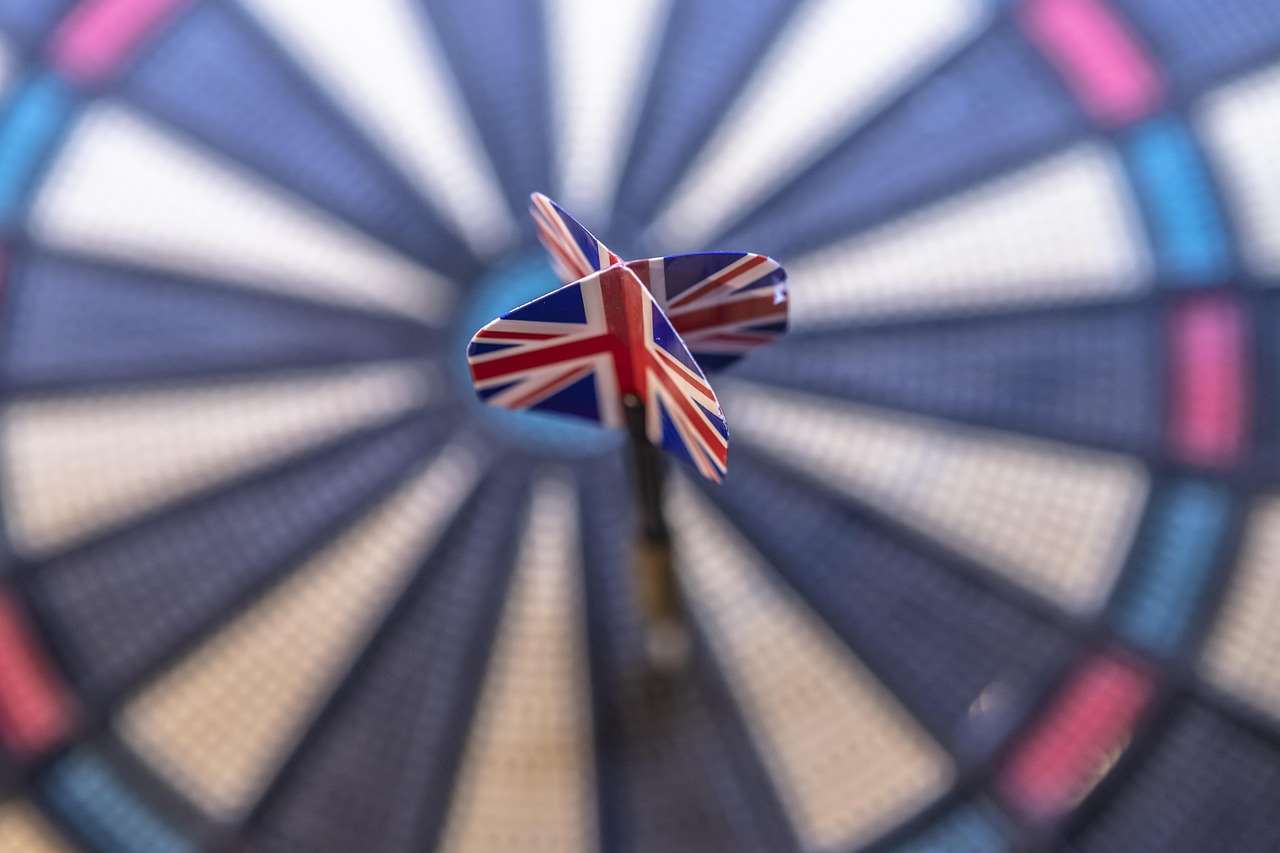
Strategies for Playing Darts Legs or Sets
Successful darts involves a great deal of strategy. It’s not merely about throwing darts; it’s about outsmarting your opponent. Understanding how to plan for both individual legs and the overall set is crucial for winning matches.
Leg Strategy: Aiming for Efficiency
In a single leg, efficiency is key. You want to score as many points as possible while minimizing the risk of throwing poorly placed darts. This involves strategical approaches, such as:
- Consistent scoring: Focusing on hitting the higher-scoring numbers consistently is more important than trying for a large, risky score.
- Finishing strategy: Planning your finish well in advance is crucial. Knowing the doubles and the bullseye’s value is essential.
- Managing risk: Don’t get too greedy; maintain consistent scoring instead of aiming for risky shots.
Set Strategy: Pacing Yourself
A set requires a different approach. It’s a marathon, not a sprint. Consider these points:
- Mental game: Losing a leg doesn’t mean losing the set. Maintain focus and composure.
- Adaptability: Adjust your strategy based on your opponent’s performance. Are they struggling with their finishing? You could employ a more aggressive approach.
- Pacing: Don’t exhaust yourself in the early stages. Conserve energy for the crucial legs.
Remember, using an App to score darts can massively improve your efficiency and allow you to focus on your game.
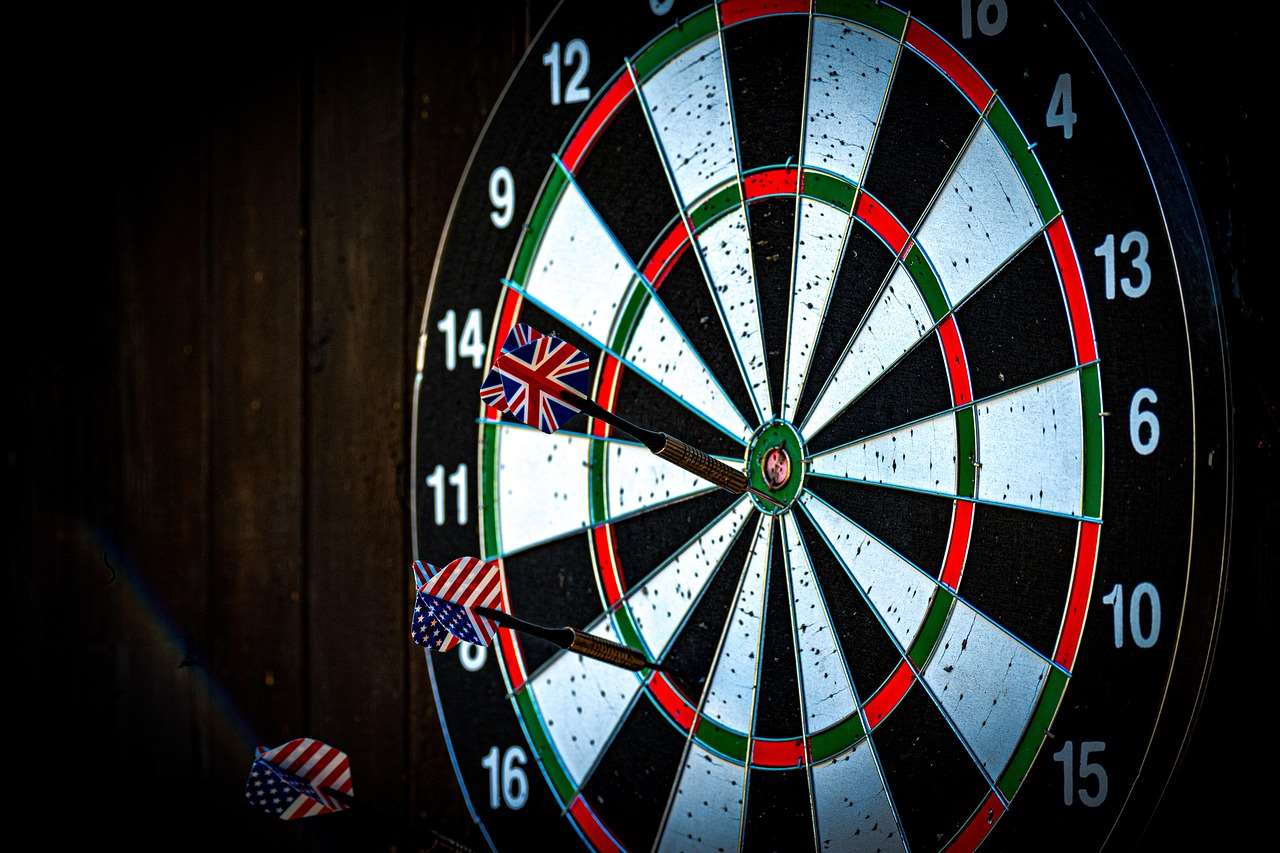
Common Mistakes to Avoid in Darts Legs or Sets
Even experienced players fall prey to common mistakes. Recognizing these pitfalls can help you significantly improve your game.
- Poor finishing: Not having a clear finishing strategy can cost you many legs. Practicing your doubles is vital.
- Inconsistent throwing: Inconsistent throws lead to unreliable scoring and frustration. Proper technique and practice are essential.
- Lack of mental fortitude: A single bad leg should not derail your entire set. Maintain composure and focus on the next leg.
- Ignoring your opponent: Don’t play the game solely in your own bubble; observe and adapt to your opponent’s strategy.
- Lack of preparation: Thorough warm-up and practice are crucial for consistent and effective performance.
Are you wondering about your dart setup? Have a look at our guide on dartboard zubehör to improve your game setup.
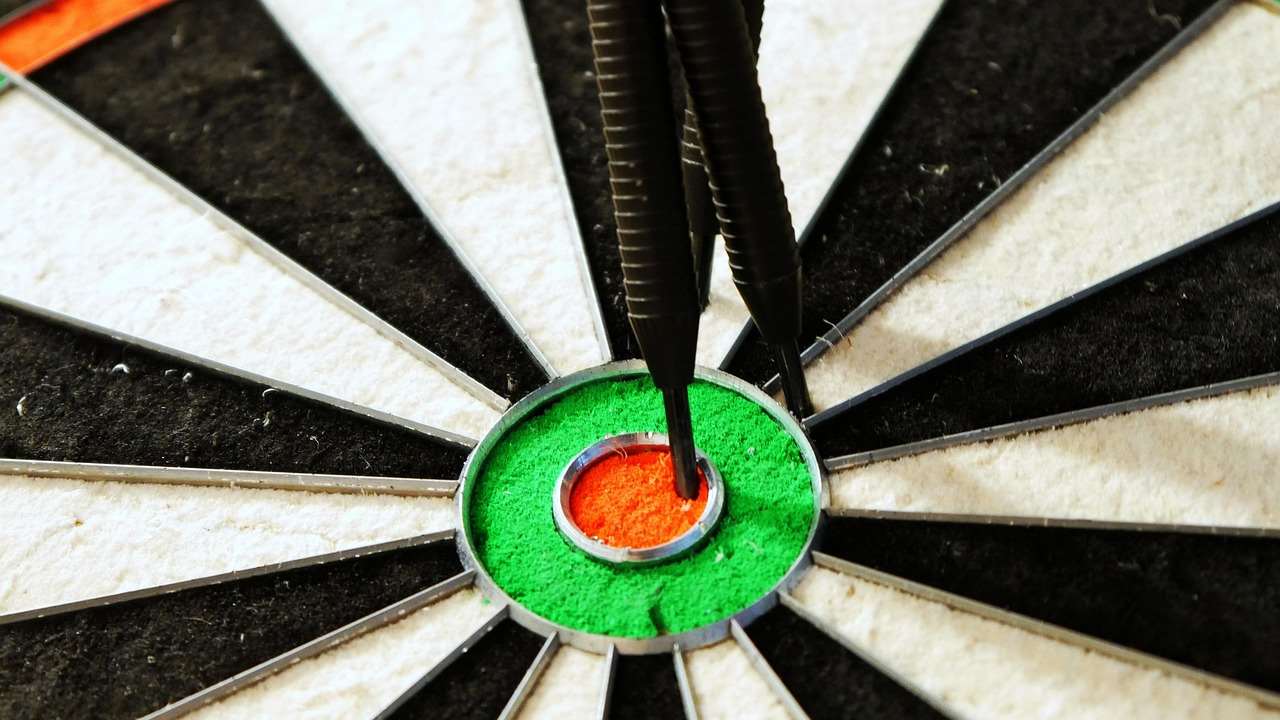
Equipment and Accessories to Enhance Your Game
The right equipment can significantly improve your darts performance. Investing in quality darts, a good dartboard, and other accessories can lead to significant improvements in accuracy and consistency. The quality of your darts and dartboard directly impacts your darts legs or sets.
For instance, a high-quality dartboard will provide consistent bounce-back of darts, unlike cheaper boards where you may have a significantly less predictable experience. Using a laser oche can greatly improve accuracy by allowing you to maintain a consistent throwing distance.
Want to learn more about high quality darts? Check out our review of mission precision darts review.
Consider investing in:
- High-quality darts: Choose darts that suit your grip and throwing style.
- A good dartboard: Opt for a durable and well-made board.
- A laser oche: This aids in maintaining a consistent throwing distance (xqmax darts laser oche – black is a popular choice).
- A darts counter: Simplifies scorekeeping, allowing you to fully focus on your game (target darts counter is a great choice).
Don’t forget to check out the darts masters presenters for some inspiration and entertainment while you perfect your game.
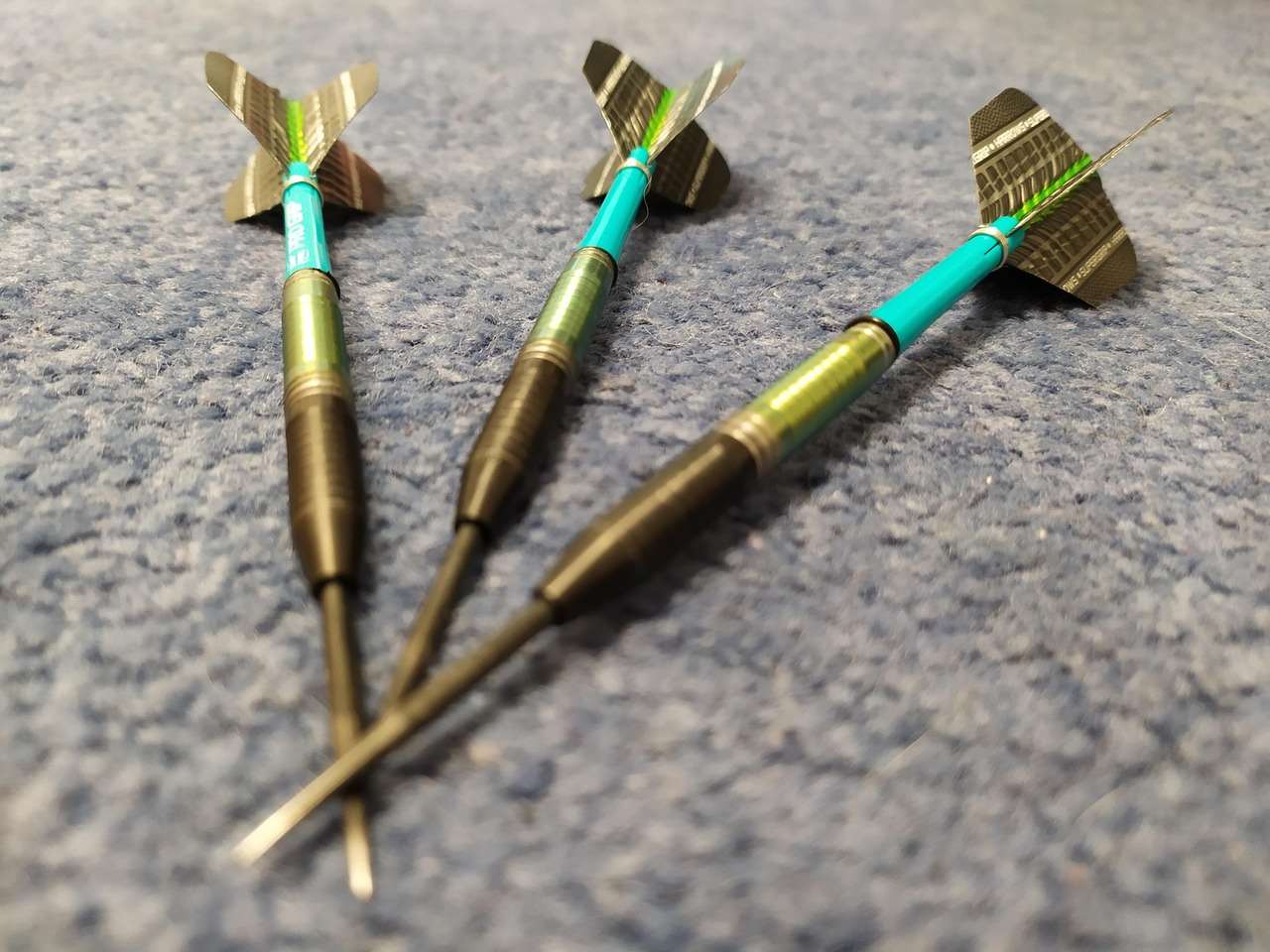
Conclusion
Mastering darts legs or sets requires a blend of skill, strategy, and mental resilience. Understanding the difference between a leg and a set is the first step. By focusing on consistent scoring, planning effective finishes, and adapting your strategy to your opponent and the situation, you can significantly improve your performance. Remember to practice regularly, invest in quality equipment, and most importantly, enjoy the game!
Ready to take your darts game to the next level? Practice your technique, focus on your strategy, and most importantly, have fun! What time will your next darts tournament be? Check out what time is the darts masters final to see how far you need to take your skills!
Want to learn more about double outs? Read our article on double d’s to improve your final throws!
Hi, I’m Dieter, and I created Dartcounter (Dartcounterapp.com). My motivation wasn’t being a darts expert – quite the opposite! When I first started playing, I loved the game but found keeping accurate scores and tracking stats difficult and distracting.
I figured I couldn’t be the only one struggling with this. So, I decided to build a solution: an easy-to-use application that everyone, no matter their experience level, could use to manage scoring effortlessly.
My goal for Dartcounter was simple: let the app handle the numbers – the scoring, the averages, the stats, even checkout suggestions – so players could focus purely on their throw and enjoying the game. It began as a way to solve my own beginner’s problem, and I’m thrilled it has grown into a helpful tool for the wider darts community.